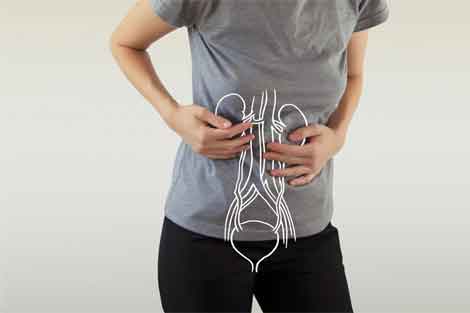At one time, the leading cause of death was pneumonia and tuberculosis. These diseases were basically a result of poor sanitation and a limited public health support system. As technology advanced researchers started noticing changes in the disease pattern distribution. The diseases plaguing our society are now chronic diseases that are more complicated and not as simple to manage as those from the pre-technology era get more here.
Heart Diseases and Cancer Top the List of Causes of Death

Since 1950 the number of deaths caused by heart diseases has been on a slow decline but the number of deaths caused by cancer has been on the increase. This trend can be seen globally. Researchers are concluding that this shift is possibly due to environmental pollution. It is known that pollution affects the air, water and the soil. This in turn affects the food chains and the associated health of the human population that feed off the food chain. The increase of industrialization has also led to an increase in pollution which has been indicated to contain carcinogens.
Occupational Diseases have Spread into the Regular Populations
Epidemiological studies show us that environmental diseases were previously limited to individuals who were exposed through their occupations; Mad Hatters disease in individuals who worked with the mercurials found in hats, chimney sweeps had high rates of scrotum cancer, and miners developed respiratory diseases from inhaling particulates. With the spread of industrialization, these lesser known diseases have been spreading into the general global populations.
Environmental Diseases are on the Rise
Environmental diseases have been defined as diseases that are caused by environmental factors. They are diseases that have no genetic or infectious link. They are mainly caused by factors that humans have introduced into the environment or by changes made to the environment by human activities.
- Cancer is the number one environmental disease that has been tied to the increases in industrialization. Some of the environmentally caused cancers are a result of lifestyle choices, diet choices, alcohol consumption and smoking. The cancer rate increase is more noticeable in young children, as new cases of children affected by cancer continue to increase dramatically. This number is so alarming that cancer has become the number one cause of deaths in children between the ages of 1 and 14. It is suspected that this may be caused by the exposure of pregnant mothers to more pollutants than ever before.
- Birth defects in newborns are also on the rise. It is suspected that these exposures can be attributed to fetal exposures to teratogenic chemicals.
- Reproductive damage and its related complications are increasing. One cause is attributed to the increasing number of hormone disruptor compounds found in the general environment. The damage results in an increase in premature births and also an increase in the numbers of people having reproductive difficulties (inability to conceive and repeat miscarriages).
- Asthma and other respiratory disease that result from the increase in pollutants in the ambient air are on the rise.
The environment that is import to sustaining life is swiftly becoming the cause of many illnesses. From the pollution caused by industrialization to lifestyle choices, scientists are observing changing disease patterns.


